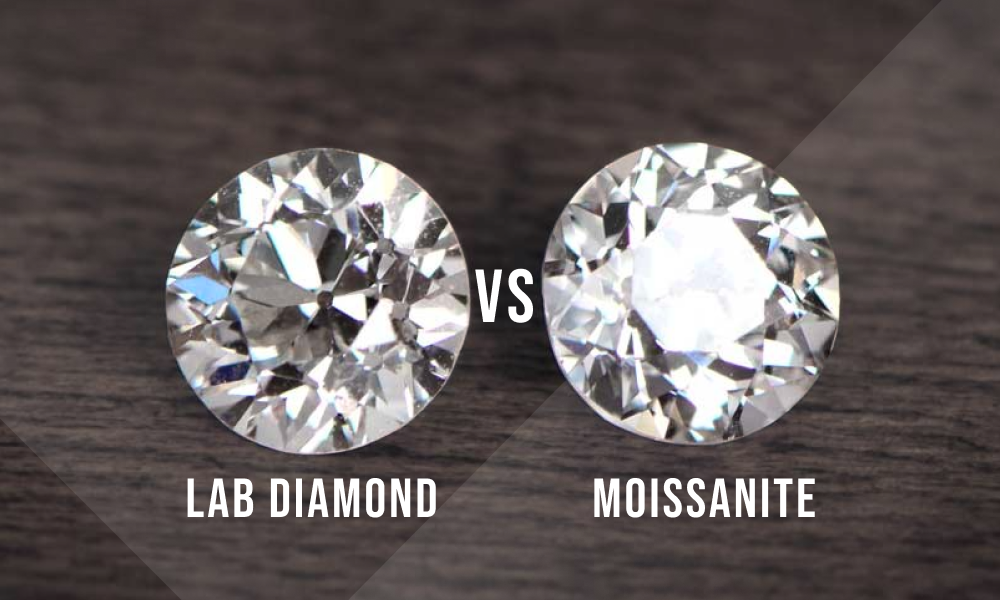Explore the differences between rose gold and yellow gold. These popular metals have been used in jewelry for centuries and have unique qualities. This article will detail the history, composition, and style that distinguish rose gold from yellow gold.
Key Takeaways
👉 Rose and yellow gold offer stylish metal color choices for those who want to express their individuality.
👉 Rose gold is highly durable and universally appealing, while yellow gold is perfect for warmer complexions.
👉 Both options are timelessly elegant with similar pricing, pick the one that speaks to your soul!
What is Rose Gold

In the world of fine jewelry, rose gold captivates the eye with its charming blend of yellow gold and copper, which yields a delightful pinkish hue. This alloy typically consists of around 75% gold and 25% copper, a perfect recipe for crafting exquisite rose gold jewelry. Imagine, a stunning piece of 14 karat rose gold jewelry contains a whopping 58.3% pure gold, while its 18 karat counterpart boasts an impressive 75% pure gold content, making both types truly precious.
The enchanting pink hue of rose gold owes its charm to the copper content. It is this magical element that sets rose gold apart from other precious metals like white gold, creating a truly stunning effect.
What is Yellow Gold

Next in the limelight is yellow gold, radiating a timeless, classic warmth with its rich color. Throughout history, yellow gold has been the material of choice for traditional jewelry. The creation of yellow gold is a fascinating process, as pure gold is combined with an exciting mix of metals such as:
-
silver
-
copper
-
nickel
-
zinc
-
palladium
This not only enhances its strength and durability but also makes it suitable for everyday wear, adding to its allure and beauty.
Pure gold stands apart with its dense, soft nature and beautiful yellow hue, a chemical element with atomic number 79. However, yellow gold is an alloy, crafted by adding alloy metals such as silver and copper to enhance durability and modify the hue, leading to exciting variations in gold purity.
Yellow gold has been a symbol of wealth, power, and prestige since ancient civilizations, it has been used to make coins, jewelry and cutlery.
Main Differences Between Rose & Yellow Gold
A deeper exploration into the world of gold reveals intriguing differences between rose and yellow gold. These are:
-
Durability
-
Compatibility with different skin tones
-
Price
-
Occasions for wear
-
Potential skin sensitivity
Let’s embark on a detailed exploration of these intriguing differences in the following subsections.
Metal Color
The warm, rose gold pink hue is achieved by mixing gold with a certain percentage of copper, depending on how "pink" you want to have it.
On the other hand, yellow gold radiates a warm, rich color that is synonymous with tradition. Its hue is naturally yellow but can be mixed with different metals to change the final tone.
Durability
In terms of durability, rose gold will win the game thanks to copper content in it.
Interestingly, the karat value also influences the durability of gold. For instance, 14 karat gold offers increased strength compared to 18 karat gold, making it more resilient and less prone to damage. This is a great benefit despite being slightly lower in value.
👉 Learn more about all gold karats in our blog: "Introduction to All Gold Karats: 9k, 10k, 14k, 18k, 22k, and 24k"
Compatibility With Skin Tone

Rose gold’s beauty stems from its ability to complement lighter tones. Whether your skin has a rosy, or dark color, rose gold enhances your natural colors and makes you stand out.
In contrast, yellow gold fits olive or dark skin tones, enhancing the warm undertones present in these complexions.
Price
Pricing for both rose and yellow gold depends on the gold content (karat) and market rates.
The price of rose and yellow gold is the same when they contain the same amount of gold, as it is the gold content (karat) that primarily determines the price.
Occasion of Wear
Rose gold is a popular choice for engagement rings, tennis necklaces and bracelets. The blend of rose gold will fit best with summer outfits, such as v-neck button ups or just simple white t-shirts.
Conversely, yellow gold is a popular choice for wedding bands, thick gold cuban chains and watches.
Skin Sensitivity
One should consider that rose gold may trigger allergies in those sensitive to copper.
On the other hand, yellow gold, especially when it is above 14k or without nickel, is generally well-tolerated by those with sensitive skin.
Which One is Better - Rose or Yellow Gold?

Now comes the decisive moment - rose gold vs yellow gold. Which is better? As we’ve learned, the answer largely depends on personal preference, skin tone, and desired style. Perhaps you’re drawn to the modern and romantic touch of rose gold or maybe the timeless and classic elegance of yellow gold resonates with you. It’s all about what speaks to your soul.
For some, rose gold wedding rings beautifully symbolize personal experiences or preferences. For instance, the rosy hue may represent the romantic sunset on the day a couple met or reflect the couple’s fun and stylish personality.
Ultimately, the best choice is the one that resonates with you. Try them on, see how they feel, how they reflect light, and how they complement your skin tone. Let your heart guide you to the perfect match.
Most of the men opt for yellow gold engagement rings while women lean more towards rose gold.
Summary
Through understanding their unique properties, from color and durability to skin compatibility and pricing, you’re now equipped to make an informed choice. Whether you prefer the romantic allure of rose gold or the timeless elegance of yellow gold, remember that each has its unique beauty and charm.
Frequently Asked Questions
What is better rose gold or yellow gold?
Rose gold and yellow gold can both be beautiful options depending on your skin tone. It is important to try both on and see which provides the most flattering contrast for your complexion.
Is rose gold a real gold?
Rose gold is absolutely real gold. It is composed mainly of pure yellow gold, though it may be alloyed with another metal to increase its durability.
Does rose gold have resale value?
Rose gold jewellery has great resale value as it is mainly composed of pure gold. Rose gold-plated jewelry, however, depends on its base metal for its resale value, which is usually not as valuable as gold.
Is 14K or 18K rose gold better?
14K rose gold is more durable than 18K rose gold, making it the better choice for those looking for a strong and long lasting piece of jewelry.
What is white gold?
White gold was initially developed to replicate the look of platinum and is usually composed of a mix of gold, nickel and zinc. It is often stamped 18 karat to denote it is 75% pure gold.



































































